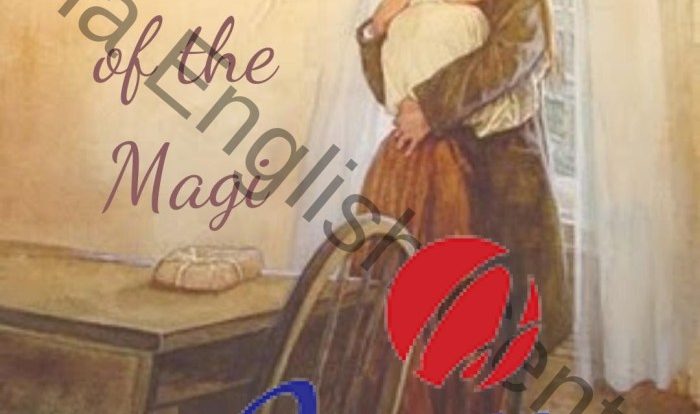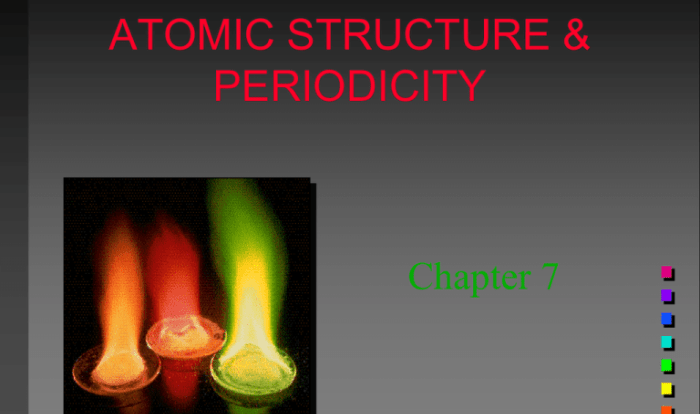Embark on an intriguing adventure with the Brave New World crossword puzzle. Dive into the depths of Aldous Huxley’s dystopian masterpiece and unravel its profound themes and complex characters through the engaging medium of crossword puzzles.
Discover the intricate process of crafting a crossword puzzle inspired by the novel, complete with challenging and thought-provoking clues. Explore the motivations and relationships of iconic characters like Bernard Marx, John the Savage, and Mustapha Mond, gaining a deeper understanding of their significance within the novel’s dystopian society.
Brave New World Overview
Aldous Huxley’s “Brave New World” is a dystopian novel that explores the potential consequences of advanced technology and social engineering. Published in 1932, the novel reflects the social and cultural anxieties of the interwar period, including fears of totalitarianism, consumerism, and the decline of traditional values.
Themes and Motifs
“Brave New World” presents a society that has achieved technological advancements at the cost of individual freedom and happiness. Key themes and motifs include:
- Dystopia:The novel depicts a totalitarian society where citizens are controlled through genetic engineering, propaganda, and the suppression of dissent.
- Consumerism:The society is driven by a relentless pursuit of material goods and instant gratification, leading to a shallow and unfulfilling existence.
- Social Control:The ruling elite manipulates and suppresses the population through advanced surveillance, conditioning, and the elimination of traditional family structures.
Crossword Puzzle Construction: Brave New World Crossword Puzzle
Constructing a crossword puzzle based on the novel “Brave New World” involves several steps:
- Read and Analyze the Novel:Thoroughly read the novel to understand its themes, characters, plot, and vocabulary.
- Identify Key Concepts and Characters:Determine the most important ideas, events, and characters that can serve as potential entries in the puzzle.
- Create a Grid:Design a crossword grid that accommodates the number of entries and their expected lengths.
- Write Clues:Craft clever clues that lead solvers to the correct answers. Consider using puns, wordplay, or references to specific passages in the novel.
- Test and Refine:Solve the puzzle yourself or have others test it to identify any errors or ambiguities. Make necessary adjustments to ensure fairness and enjoyment for solvers.
Tips for Creating Engaging Clues
- Avoid Direct References:Instead of stating the answer directly, use synonyms, descriptions, or related concepts to challenge solvers.
- Use Wordplay:Employ puns, anagrams, or other wordplay techniques to make clues more entertaining and thought-provoking.
- Reference Specific Passages:Include clues that reference specific quotes or events from the novel to test solvers’ knowledge and attention to detail.
- Vary Difficulty:Include a mix of easy, medium, and challenging clues to cater to solvers of all levels.
- Provide Multiple Paths:Consider offering multiple ways to solve a clue, encouraging solvers to think creatively and explore different perspectives.
Examples of Well-Crafted Clues
- Across 1:A place where people are conditioned to conform (6 letters) – HATCHERY
- Down 2:A drug that induces euphoria and suppresses individuality (5 letters) – SOMA
- Across 4:The leader of the World State (6 letters) – MUSTAPHA
Character Analysis
The characters in “Brave New World” are integral to the novel’s exploration of themes related to identity, freedom, and the dangers of a utopian society. Three key characters, Bernard Marx, John the Savage, and Mustapha Mond, each represent distinct perspectives and beliefs that challenge the established order of the World State.
Bernard Marx
Bernard Marx is an outsider within the World State. He is intelligent and curious, questioning the society’s norms and values. His nonconformity isolates him from his peers, leading to a sense of alienation and loneliness.
Bernard’s motivations stem from his desire for individuality and a meaningful existence. He rebels against the societal pressure to conform, seeking experiences and relationships that offer a sense of purpose and fulfillment.
John the Savage
John the Savage is a visitor from the Savage Reservation, a place where traditional values and emotions are still prevalent. He brings a unique perspective to the World State, challenging its emphasis on pleasure and stability.
John’s motivations are rooted in his belief in freedom and the importance of human connection. He values authenticity, individuality, and the ability to experience the full range of human emotions.
Mustapha Mond
Mustapha Mond is the World Controller, the highest authority in the World State. He is a proponent of the society’s values, believing that happiness and stability are paramount.
Mond’s motivations are driven by a desire to maintain social order and prevent the chaos that he believes would result from uncontrolled freedom. He sees the World State’s system as the best way to ensure the well-being of its citizens.
Comparative Table
| Character | Perspective | Beliefs |
|---|---|---|
| Bernard Marx | Outsider, nonconformist | Individuality, meaningful existence, questioning societal norms |
| John the Savage | Traditional values, emotions | Freedom, authenticity, human connection, full range of emotions |
| Mustapha Mond | World Controller, proponent of societal values | Happiness, stability, social order, controlled freedom |
Literary Devices and Techniques
Aldous Huxley employs a range of literary devices and techniques in “Brave New World” to enhance the novel’s meaning and impact. These devices contribute to the vivid and immersive world he creates, exploring themes of individuality, societal control, and the consequences of scientific advancement.
Symbolism
Symbolism plays a crucial role in the novel. The World State’s motto, “Community, Identity, Stability,” represents the society’s emphasis on conformity and the suppression of individuality. The color green, associated with nature and freedom, symbolizes the desire for escape from the artificial world created by the World State.
Foreshadowing
Huxley uses foreshadowing to hint at future events and create a sense of anticipation. The reference to the “feelies” in the opening chapter foreshadows the use of soma as a means of social control. The recurring image of the Savage as a threat to the World State’s stability foreshadows the conflict between the two worlds.
Irony
Irony is used throughout the novel to highlight the contradictions and absurdities of the World State. The name “Brave New World” ironically suggests a society that is anything but brave or new. The characters’ constant pursuit of happiness through soma and sexual encounters ironically leads to emptiness and dissatisfaction.
Language and Imagery
Huxley’s use of language and imagery creates a vivid and immersive world. The novel’s scientific vocabulary and futuristic setting evoke a sense of technological advancement. The descriptions of soma’s effects and the “feelies” appeal to the senses, immersing the reader in the sensory experiences of the characters.
Adaptations and Cultural Impact
Aldous Huxley’s Brave New Worldhas inspired numerous adaptations and left a lasting impact on popular culture. Its themes of social control, genetic engineering, and the pursuit of happiness continue to resonate in contemporary society.
Film Adaptations
There have been several film adaptations of Brave New World, including:
- 1980: A television film directed by Burt Brinckerhoff, starring Keir Dullea and Kristoffer Tabori
- 1998: A direct-to-video film directed by Leslie Libman, starring Peter Gallagher and Leonard Nimoy
- 2020: A television miniseries directed by Owen Harris, starring Alden Ehrenreich and Jessica Brown Findlay
Television Adaptations
In addition to the film adaptations, Brave New Worldhas also been adapted for television:
- 1970: A six-part BBC miniseries directed by Christopher Morahan, starring Peter Barkworth and Cheryl Campbell
- 1999: A two-part television movie directed by Larry Williams, starring Peter Gallagher and Leonard Nimoy
Stage Productions
Brave New Worldhas also been adapted for the stage, with productions including:
- 1946: A Broadway play directed by Guthrie McClintic, starring Dennis King and Cornelia Otis Skinner
- 1960: A London stage adaptation directed by John Dexter, starring John Neville and Brenda Bruce
Cultural Impact, Brave new world crossword puzzle
Brave New Worldhas had a significant impact on popular culture, inspiring references in music, literature, and film. Its themes of social control and the pursuit of happiness have resonated with audiences for decades.
The novel’s portrayal of a dystopian future where individuality is suppressed has served as a cautionary tale about the dangers of totalitarianism and the importance of freedom.
Key Questions Answered
What is the significance of the color scheme in Brave New World?
The color scheme represents the rigid social hierarchy, with different colors assigned to different castes.
How does the novel explore the theme of free will?
The novel questions the existence of free will in a society where citizens are conditioned from birth to conform.
What is the role of technology in Brave New World?
Technology is used as a tool of control, suppressing individuality and promoting conformity.

